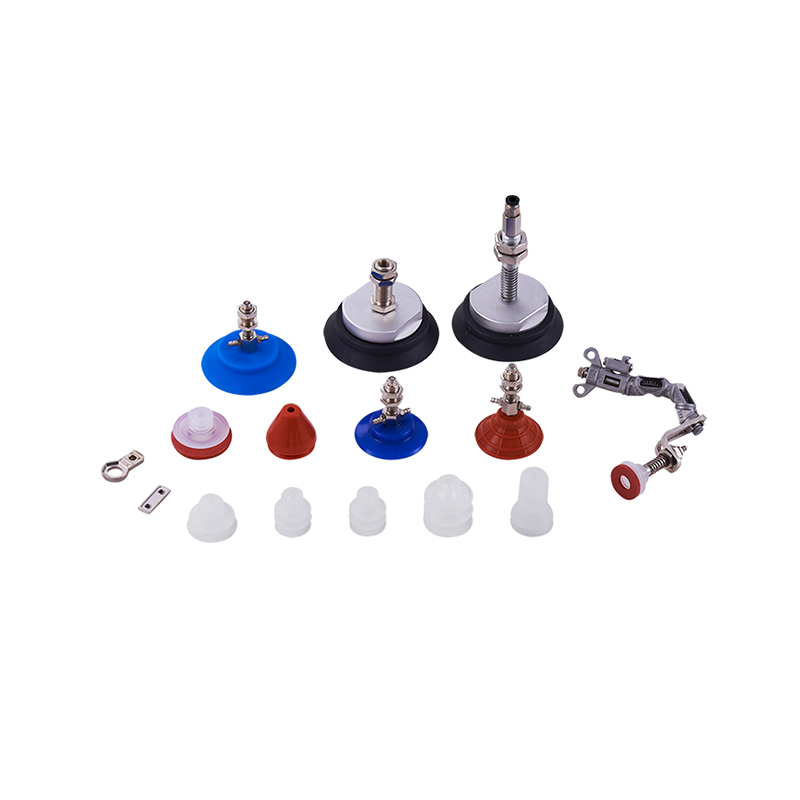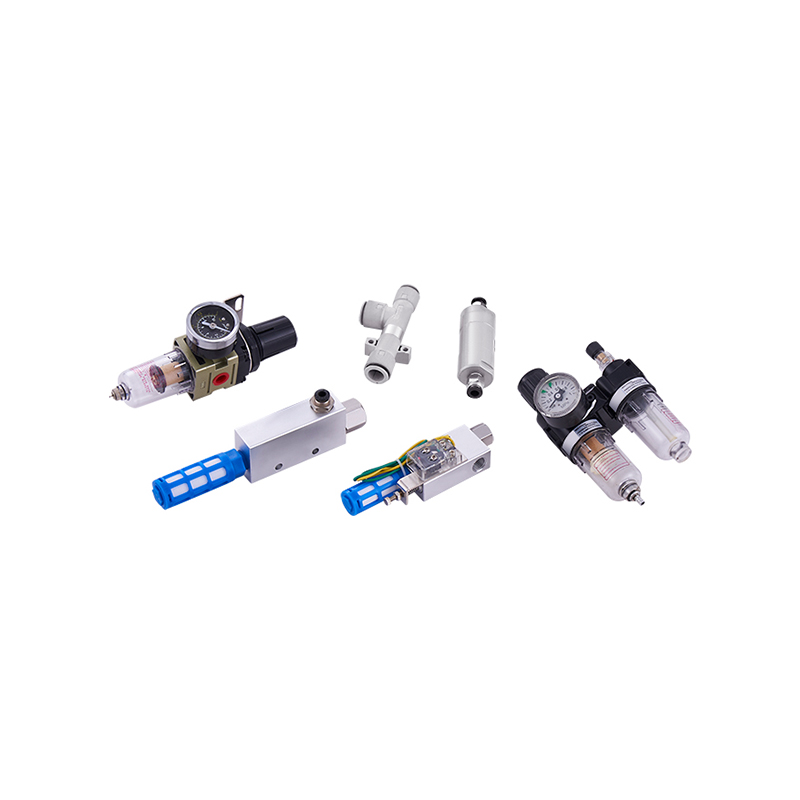Manipulator spare parts are necessary for maintaining the functionality and efficiency of manipulator systems. Over time, components such as motors, gears, sensors, and actuators can wear out due to constant use. Regularly replacing these parts ensures that the manipulator continues to perform its tasks without compromise. Without proper maintenance or timely replacement of faulty parts, manipulators may experience malfunctions, pilot delays, production losses, or even safety hazards.
Manipulators are vital tools in various industrial applications, including manufacturing, assembly, and material handling. These automated devices assist with tasks such as moving, lifting, and positioning objects, improving the efficiency and safety of operations.

Motors and Actuators: Motors are the heart of any manipulator, providing the power necessary to move or rotate the system. Actuators convert the motor’s energy into mechanical movement, enabling the manipulator to perform precise tasks. These components are often subject to wear and tear, especially in high-load or high-speed applications. Replacing motors and actuators as they degrade is essential for maintaining the manipulator’s overall performance.
Sensors: Sensors are critical for controlling the movement of manipulators, ensuring accuracy and precision. Manipulators may use various types of sensors, including position, pressure, and proximity sensors, to monitor and adjust their movements. Faulty or outdated sensors can result in operational inefficiencies, causing the manipulator to make errors in positioning or handling materials. Regular replacement of sensors helps maintain high levels of accuracy.
Grippers and End Effectors: Grippers or end effectors are the parts of the manipulator that physically interact with the materials being handled. These components can include suction cups, mechanical fingers, or custom attachments depending on the application. Over time, grippers can lose their gripping power, or the parts may become damaged due to the materials they handle. Replacing these parts ensures that the manipulator can continue to pick up, hold, and move items effectively.
Bearings and Gears: Bearings and gears play a vital role in the smooth movement of manipulators. They help reduce friction and ensure that the manipulator’s components move with ease. Over time, these parts can degrade due to constant use and the high stresses they are subjected to. Regular replacement of bearings and gears is essential to prevent the manipulator from becoming sluggish or experiencing mechanical failure.
Control Systems and Cables: The control system of a manipulator is responsible for coordinating its movements and ensuring that it follows programmed instructions. Cables and wiring are also essential for transmitting electrical signals to the various components. Over time, cables may become frayed or damaged, pilot communication failures between the control system and the manipulator. Replacing damaged cables and updating control systems ensures that the manipulator continues to perform its tasks without interruption.
High-quality components are designed to meet the specific requirements of the manipulator, ensuring they perform well under various operating conditions. These parts are typically made from durable materials that resist wear and tear, reducing the need for frequent replacements.
To big the lifespan and efficiency of a manipulator, regular maintenance is crucial. Scheduled inspections should be carried out to identify any worn-out or damaged parts that need replacing. Many manufacturers provide maintenance guidelines and recommended service intervals to help operators manage their equipment effectively.
Manipulator spare parts are essential for ensuring that robotic arms and material handling systems continue to function smoothly and efficiently.



 English
English 中文简体
中文简体 русский
русский Español
Español عربى
عربى











